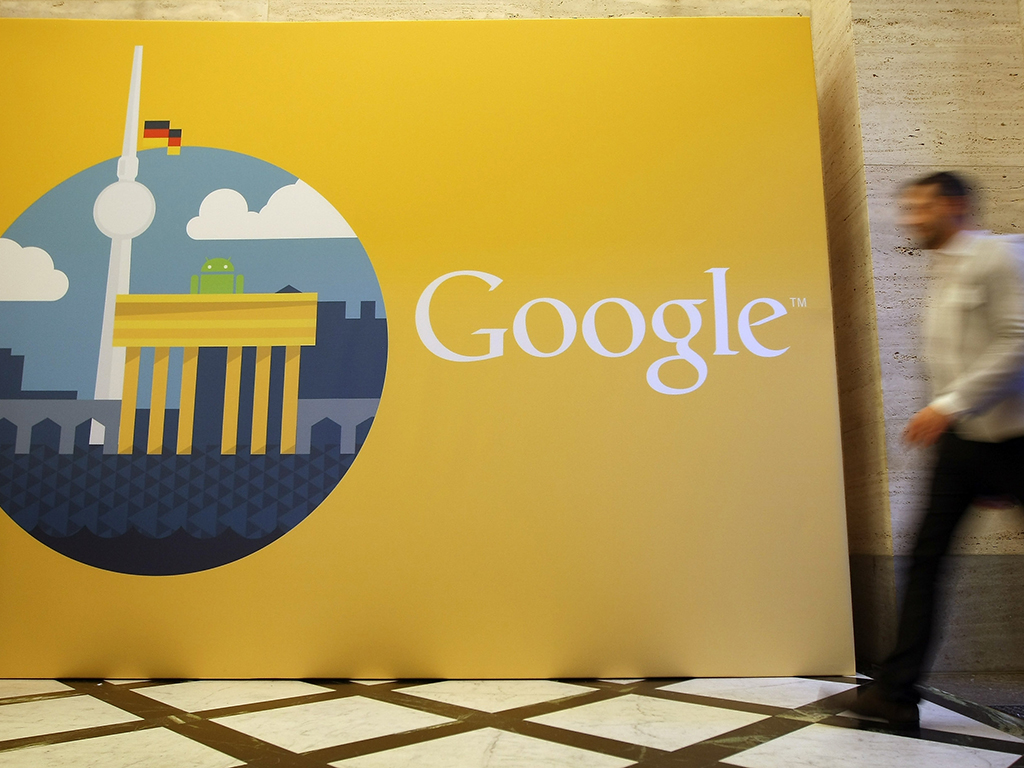Google makes a play for television advertising market
Google’s new system will change the way businesses advertise on television by more accurately measuring viewing behaviour

For years Nielsen has been the world's favourite when it comes to capturing television viewing habits, but Google is keen to take a slice of this market by developing its Fiber service
Nielsen is the world’s leading source for television ratings; it has allowed advertising executives to capture viewing habits and audience size ever since it was founded in 1950. Now there is a new competitor attempting to break this monopoly, and a sizeable one at that – Google.
Fiber can monitor the frequency with which commercials are seen
Currently Google’s set top box, Fiber, provides broadband internet and television services to a growing number of areas in the US. The tech powerhouse has announced that it will be rolling out a new system for tracking television advertising via Fiber, thereby providing more accurate data from a larger pool of viewers. Google Fiber will enable targeted advertising for audiences based on their viewing history, although users will have the option to opt-out.
Fiber can monitor the frequency with which commercials are seen, and so allows local businesses to pay only for the number of times their advertisement is viewed on a given television, as well as providing a maximum limit. Additionally, programming that has been recorded will have the latest advertisements transposed when the recording is watched. Full details of how the system works have not yet been revealed.
The tracking system is being implemented in Kansas City first, with plans to expand if proven successful with both Fiber users and advertisers.
“Fiber TV ads will be digitally delivered in real time and can be matched based on geography, the type of program being shown (sports, news, etc.), or viewing history,” the company explains in a blog post seen in advance by AdWeek.”We’re excited to see how this test progresses, and we’re looking forward to hearing from local businesses and viewers along the way.”
In a similar way to how internet advertising has changed in recent years by targeting relevant audiences through an individual’s viewing history, this latest move by Google unveils a similar method that could change the way we watch television forever.













